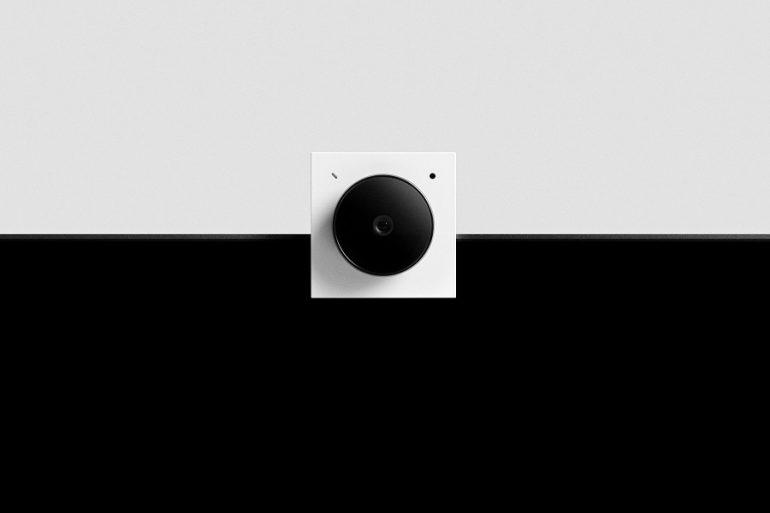- OpenAI will lead a $60 million Series B funding round for Opal Camera Inc.
- Founders Fund and Kindred Ventures may join as returning investors.
- Opal’s Tadpole webcam, priced at $149, offers high-resolution video recording.
- The composer app allows users to customize Tadpole settings.
- Opal will continue making webcams and developing AI-powered creative tools post-funding.
- OpenAI has invested in over a dozen startups via its venture capital arm.
- Figure AI Inc., an OpenAI portfolio company, launched a humanoid robot using OpenAI’s language model.
- Opal’s upcoming AI devices are expected to integrate OpenAI technology for creative applications.
- Opal’s C1 webcam features machine learning to enhance video quality and uses Intel’s Movidius Myriad X Vision chip.
- OpenAI also explores AI hardware development beyond consumer electronics, including a custom AI chip with Broadcom Inc.
Main AI News:
OpenAI is poised to lead a $60 million Series B funding round for Opal Camera Inc., a company known for its high-end webcams. This move, revealed by The Information, suggests Founders Fund and Kindred Ventures might join as returning investors.
Opal’s standout product, the Tadpole webcam, retails for $149 and is designed to attach to laptop monitors. It boasts a compact 1.25-inch square frame and a weight comparable to an AA battery. The Tadpole captures video in ultra-high-definition, with a resolution of up to 3840 by 2160 pixels, a quality generally seen in higher-priced models.
Users can tailor their Tadpole experience through the Composer app, adjusting settings like lighting for optimal performance. Following this funding round, Opal plans to maintain its focus on webcams while diverting some efforts towards AI-driven devices tailored for creative applications.
OpenAI’s venture capital arm, launched three years ago, has already backed over a dozen startups using its language models. Figure AI Inc. recently introduced a humanoid robot powered by a custom OpenAI language model to interpret user commands.
Opal’s anticipated AI devices will likely feature OpenAI integrations, especially in creative tools utilizing image and video generation capabilities. Opal’s earlier AI product, the C1 webcam, integrates machine learning to enhance video quality and apply special effects like background blurring. It uses Intel’s Movidius Myriad X Vision chip, which is optimized for AI tasks and adaptable for diverse neural networks.
Additionally, OpenAI’s hardware ambitions go beyond consumer products. The Information recently reported on OpenAI’s discussions with Broadcom Inc. to create a custom AI chip, employing former engineers from Google’s TPU project for machine learning accelerators.
Conclusion:
OpenAI’s investment in Opal Camera Inc. signifies a strategic expansion into AI-powered consumer electronics, particularly creative tools. This move reflects OpenAI’s broader vision of integrating its advanced AI models into everyday devices, potentially transforming the consumer electronics market. Opal can capitalize on the growing demand for enhanced digital content creation and communication tools by focusing on high-end webcams and AI-driven creative tools. Furthermore, OpenAI’s interest in developing custom AI chips with Broadcom indicates a commitment to advancing AI hardware capabilities, which could lead to significant innovations in consumer and enterprise technology sectors. This trend suggests increased competition and rapid technological advancements in the AI and consumer electronics markets.

